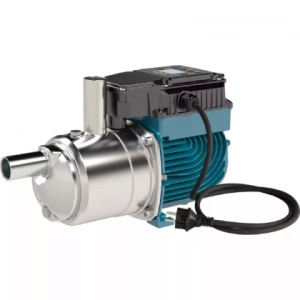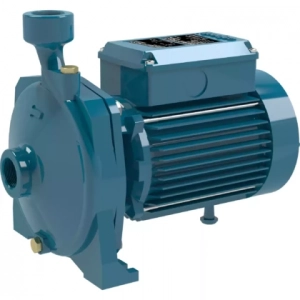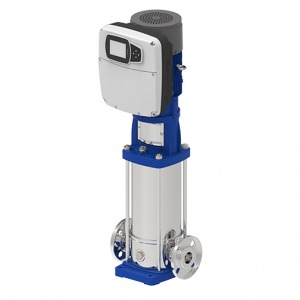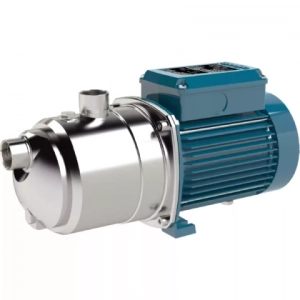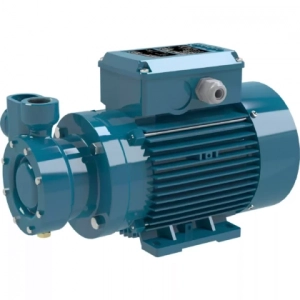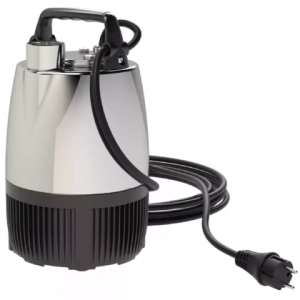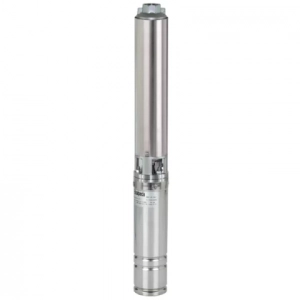Centrifugal pumps - types, selection & applications
Centrifugal pumps convey liquids continuously via a rotating impeller.
The design is based on the flow rate Q, delivery head H, NPSH and medium properties (temperature, viscosity, particles).
Here you will find an overview of our series.
Difference: centrifugal pump vs. positive displacement pump
Centrifugal pump: Suitable for low-viscosity media, large flow rates, medium pressures. The flow rate and pressure result from the characteristic curve.
Positive displacement pump: Suitable for more viscous media, exact quantities and higher pressures; almost constant volume flow.
Abstract:
Low viscosity and high throughput → Centrifugal pump.
Tough, precise quantity or high pressure → Positive displacement pump.
NPSH & cavitation - how to avoid damage
Target: The medium must not evaporate at the pump inlet.
Rule: The available supply (NPSH_avail) must be greater than the demand of the pump (NPSH_req).
Practical tips: Short and large suction line, few fittings, tight connections.
Warning signs: Crackling/noise, vibrations, reduced performance, damage to impeller/seal.
Best point (BEP) - why lay out close to it?
The BEP is the point with the best efficiency. Close to it, the pump runs more quietly, consumes less energy and protects bearings and seals.
Recommendation: If possible, plan the operating point in the range BEP ± 10-15 %. Large deviations increase wear and costs.
Suction type: normal-priming, self-priming, side channel
-
Normally aspirating: Suction line must be filled (or pump mounted lower). High efficiency.
-
Self-priming: starts despite air content (initial filling required); slightly lower efficiency, but robust with changing supply.
-
Peripheral/side channel: small quantities, comparatively high pressures; good suction behavior, more sensitive to solids.
Rule of thumb:
Air shares/changing inlet → self-priming/side channel.
Stable supply → normal aspiration/multi-stage.

